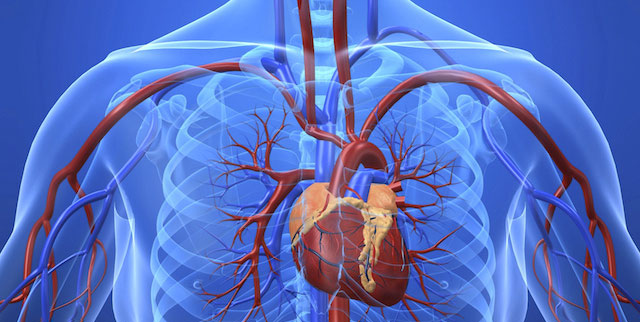

The procedure is known as coronary artery bypass graft (CABG). Bypass surgery is usually done if coronary arteries are narrowed or blocked in multiple places. The decision to try and stent a coronary artery versus doing bypass surgery is usually recommended to the patient by their cardiologist and a heart surgeon. Often the surgeon may need to bypass more than one artery. Bypass surgery occurs when a surgeon removes a blood vessel from one part of the body (chest, legs, or arms) and uses it to connect one open part of a coronary artery to another open part, thus bypassing the area that has blocked blood flow. Such patients may benefit from another treatment technique termed bypass surgery. Some patient's coronary arteries are not good candidates for angioplasty and/or stents. The same tube may be used with special tips to open the coronary artery by angioplasty (small balloon is inflated) or used to place a wire mesh (stent) that expands to hold the artery open.A special X-ray machine images the dye, showing narrowing or blockage of the artery.Dye is put into the tube and goes into the artery.A thin tube is placed in a blood vessel in the leg or arm and threaded into the heart and into the opening of a coronary artery.The technique is invasive and can be used to detect blockages in your heart that trigger heart attacks. Cardiac catheterization is a technique that may provide both diagnostic information and therapeutic methodology in one procedure. Diagnosing plaque blockage of coronary arteries and treatments for blockages has improved the lives of many patients with coronary artery disease. Plaque in cardiac arteries can be a severe problem, even life-threatening, in some patients. Heart Disease Testing: Cardiac Catheterization


 0 kommentar(er)
0 kommentar(er)
